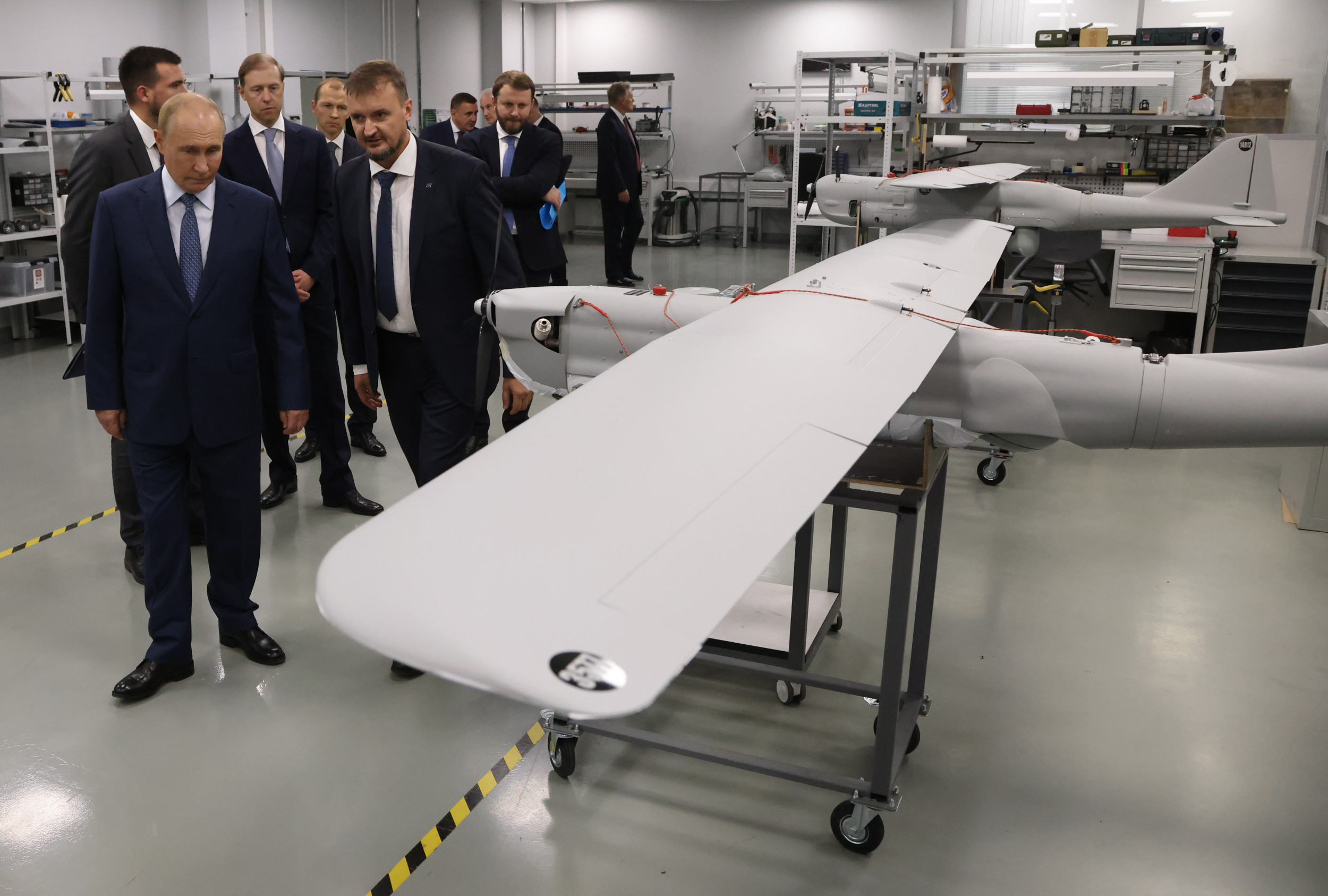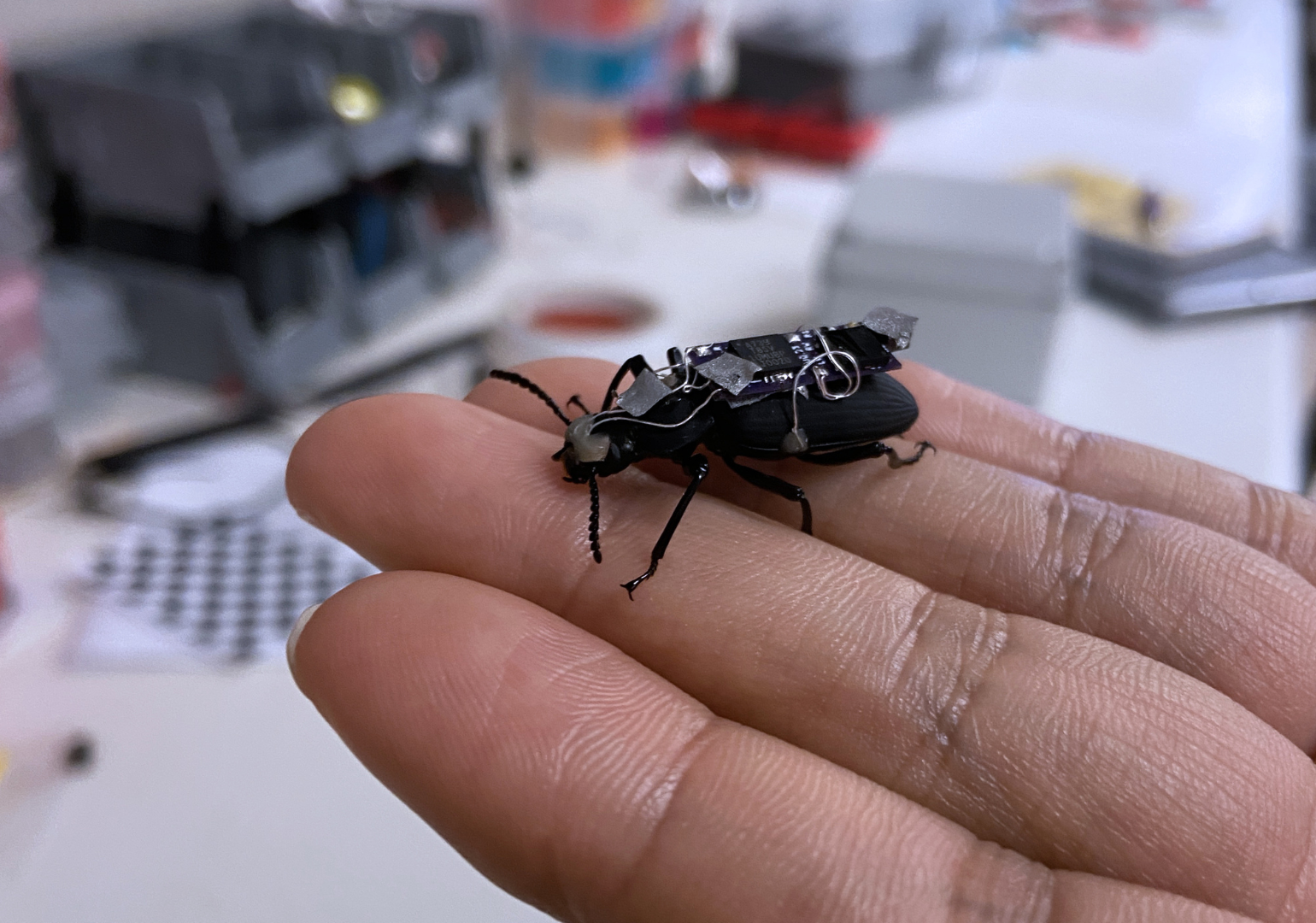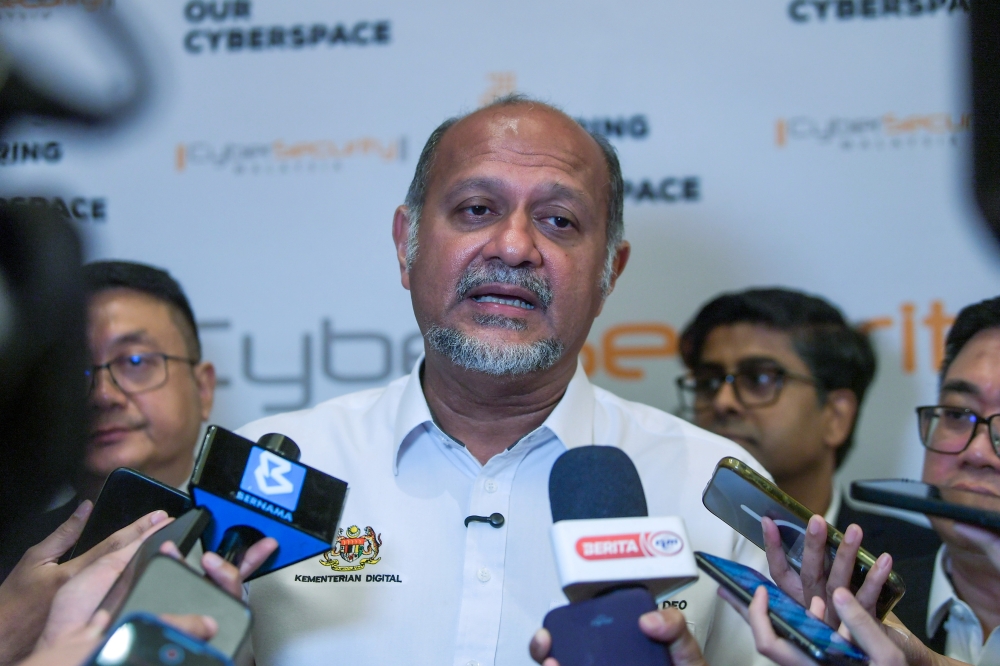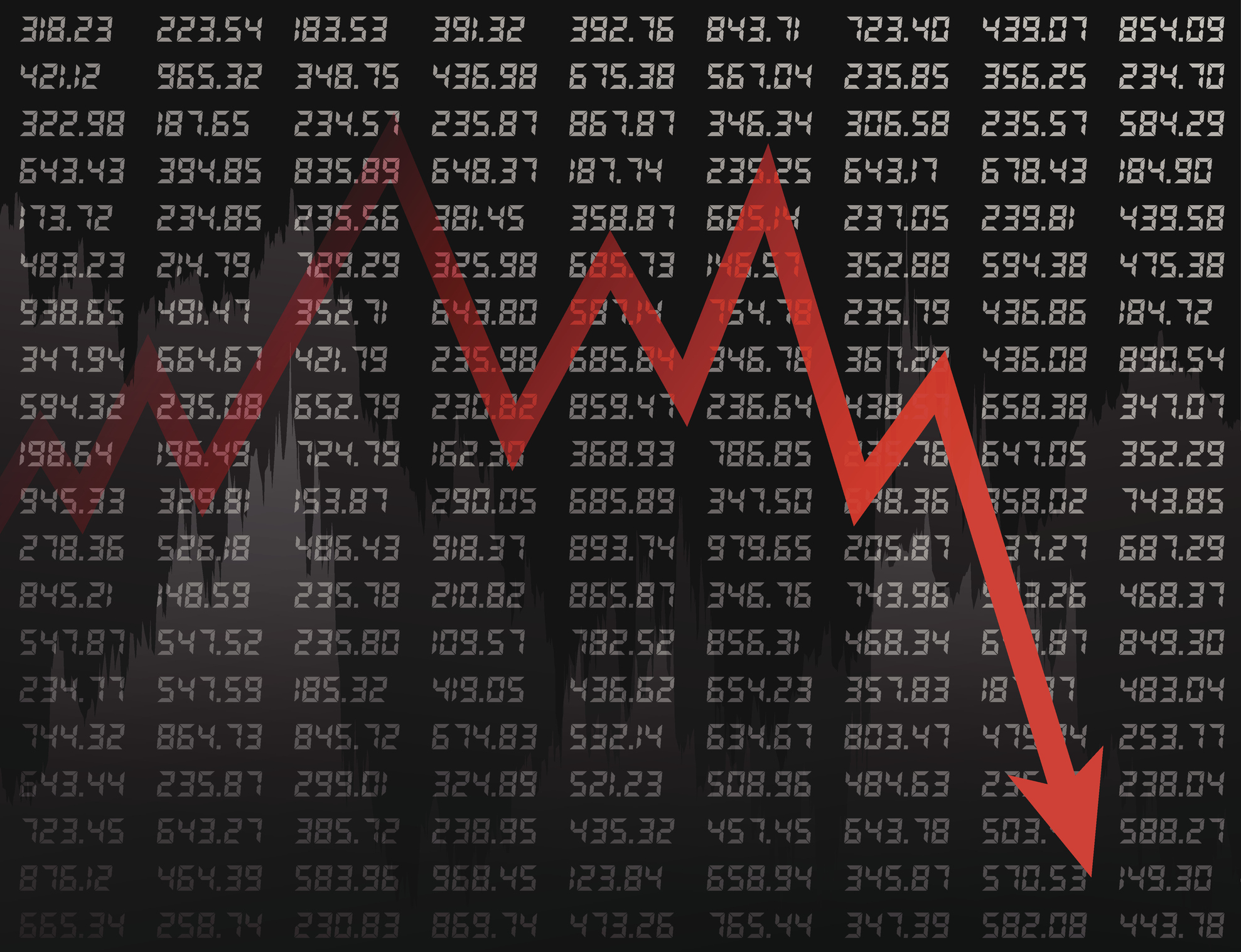Russian Drones Now Rely Heavily on Chinese Tech: Concerns Grow Over Beijing’s Role

Russian Drones Increasingly Utilise Chinese Components, Sparking Security Concerns
Recent reports have revealed a significant reliance on Chinese technology within Russian drones, raising eyebrows and prompting serious questions about Beijing's potential involvement in the ongoing conflict. According to Ukraine's Defence Intelligence (GUR), these drones, increasingly employed in reconnaissance and decoy operations, are almost entirely comprised of Chinese-made components.
The Details Emerge: A Breakdown of the Components
The GUR has released detailed data outlining the specific Chinese components found within these Russian drones. This includes everything from navigation systems and cameras to propulsion units and communication equipment. The sheer volume of Chinese technology integrated into these drones is particularly striking, indicating a deliberate and widespread sourcing strategy by Russia.
Why is this Significant?
The implications of this development are far-reaching. Western nations have imposed strict sanctions on Russia following its invasion of Ukraine, limiting its access to vital technology and components. Russia's apparent reliance on Chinese suppliers to circumvent these sanctions poses a significant challenge to the effectiveness of those measures. Furthermore, it raises concerns about China’s indirect support for Russia’s military actions.
The Drone's Role: Decoys and Reconnaissance
These drones aren't primarily used for direct attacks. Instead, they serve crucial roles in reconnaissance, gathering intelligence on enemy positions and movements. Equally importantly, they're being deployed as decoys, designed to draw out and potentially disable air defence systems, paving the way for more sophisticated weaponry.
China's Response and International Scrutiny
China has consistently maintained a neutral stance on the conflict in Ukraine, refusing to condemn Russia’s actions. However, this revelation of widespread Chinese component usage in Russian drones will undoubtedly intensify international scrutiny of Beijing’s role. Many are questioning whether China is inadvertently, or even deliberately, enabling Russia’s aggression.
Broader Implications for Global Security
This situation highlights a growing trend: the increasing complexity of global supply chains and the potential for them to be exploited in conflicts. It underscores the need for greater transparency and accountability within the international arms trade and a more rigorous examination of how technology is being used to fuel geopolitical tensions. The reliance on Chinese technology also raises concerns about potential vulnerabilities and the possibility of future disruptions to supply chains.
The GUR’s findings serve as a stark reminder of the evolving nature of modern warfare and the critical role that technology plays in shaping its trajectory. The international community must grapple with the implications of this development and work towards establishing a framework that prevents the proliferation of technology that could be used to destabilise global security.






